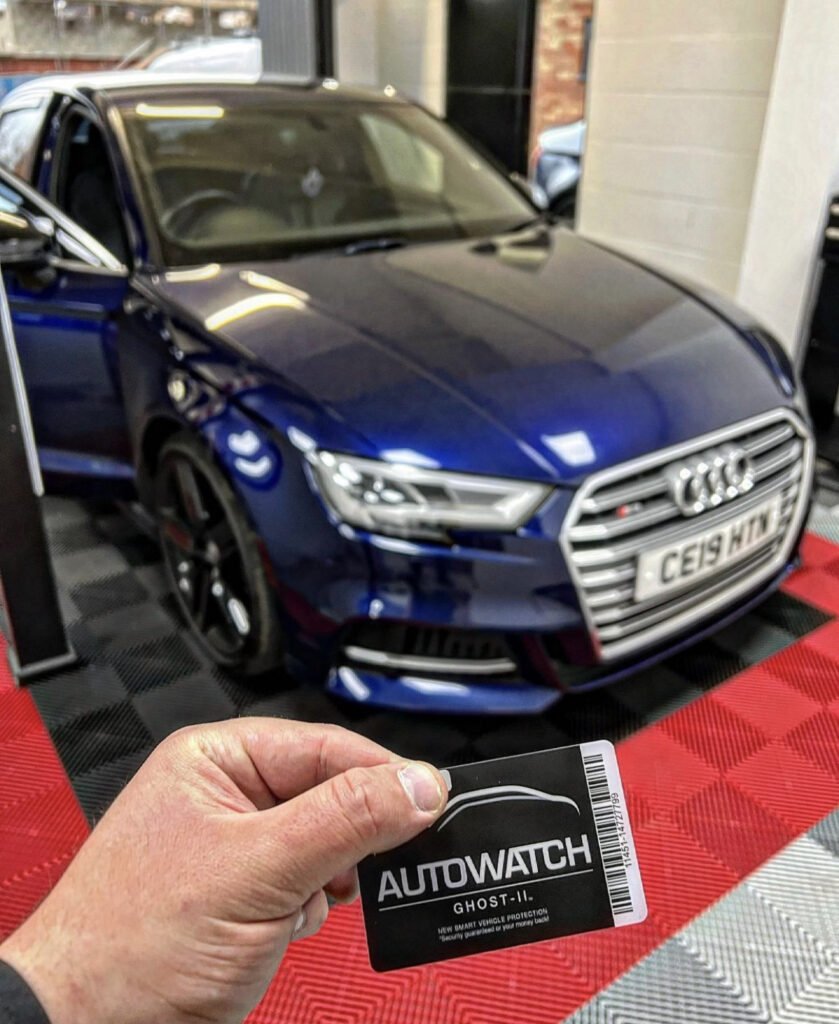Why a Seat Ibiza Replacement Key Won't Work
A new generation of driver aids take the Ibiza to a completely new level. Travel Assist ensures that your vehicle is in sync with the traffic, while Lane Assist eliminates the stress of changing lanes.
Take off the battery compartment cover on the key fob (A). Using a thumb nail or flat-head screwdriver. Pull upwards the cover and replace the CR2025 battery.
Dead Coin Battery
If your key fob isn't working and you aren't able to reprogram it the most likely cause is the battery is dead. Replace it and you'll be able to bring it back to life and running again. You can do it yourself in less than 10 minutes.
Flip the key open first from the side with no rings made of metal. There's a simple clip-on lid, which you can lever open using your nail. The battery that was used is put through the hole in the middle. Be aware that if you replace the battery improperly or with a battery that is not suitable, it may harm the remote. Replace the battery using the same voltage, size, and specification as the original.
In the event that your key fob has been submerged in water, you may require cleaning the chip before replacing the battery. This is especially crucial if it was dropped in the sea, or soapy water. This must be addressed immediately, as exposure to water can harm the chip's electronic circuit and cause the key fob to stop working.
Worn Buttons
Seat Ibiza keys stop working the majority of the time often because the coin battery is dead. This is not a problem and can be done in a couple of minutes. The key fob can also stop functioning if the buttons are worn out. This is also a simple fix and only requires you to swap out the old keyshell for a new one.
It is important to replace the button cell battery in a timely manner or the key fob could become damaged. It is recommended to replace the battery with the same size, voltage and specifications. It's crucial that the polarity is facing up on the new battery.
The key fob is secured by rubber seals, which will keep water out. However, submerging the key fob in water could cause the seals to crack and damage the electronic chip inside. This is the most likely scenario in the event that your key fob has been left in the rain or falls into the pool. If your key fob still isn't working, even after replacing it or reprogramming it, the receiver module could be faulty.
Water Damage
The key fob has rubber seals to stop water getting to the chip inside. This does not stop the occasional splash. If you've made it through a washing cycle or an ocean dip, the chip may be damaged.

It can be fixed by removing the battery, and cleaning the chip using isopropyl or electronic cleaner. Allow it to dry completely, then put it back. If the chip has become damaged, it will need to replace with a brand new chip.
If your key fob won't work after changing the battery or programming, it could be an issue with the receiver module. This is the part of the car which receives the signals from the keyfob and sends the signals to the key ignition system. It can be tested by using a spare key fob, if you have one. The central locking should activate and the ignition system light should come on. If this does not happen, then the receiver module could be defective. This is a pricey fix, however, it can be fixed by a professional at your local garage.
Radio Interference
The receiver module inside your key could be causing interference. This can be resolved with replacing the key with the new receiver module made by Seat parts.
To replace the battery, unplug the key and gently lift the cover of the key fob's battery compartment by using your thumb or a screwdriver that has a flat-headed head. Take off the old CR2025 battery and insert a fresh one, making sure it is in the correct orientation. You can also make use of a standard key, with the transponder chip transferring from the damaged or worn key. This can be cut and coded to your car, if needed.
seat leon car key on the fob that you have in your keys transmits radio signals to the car. If the fob doesn't work it could be because the module is malfunctioning. It is possible to determine this by using an OBDII scanner or by reaching out to your dealer.
The remote keyless entry system is susceptible to interference from other devices operating on the same frequency. This includes wireless phone transmitters, electronic devices, and even some household appliances.
If the fob is exposed clean tap water, it may be possible to clean the electronic chip using paper towels and isopropyl Alcohol. If the key fob is submerged in soapy or salt water, or is sat on a floor that is wet for long periods, it is most likely to result in damage and will likely require replacement.
To change the battery, use a small flat-head screwdriver or a fingernail for prying open the compartment for the button cell batteries (B). Remove the old battery and then insert an CR2025 replacement battery, making sure that the "+" polarity of the battery is directed upwards.
